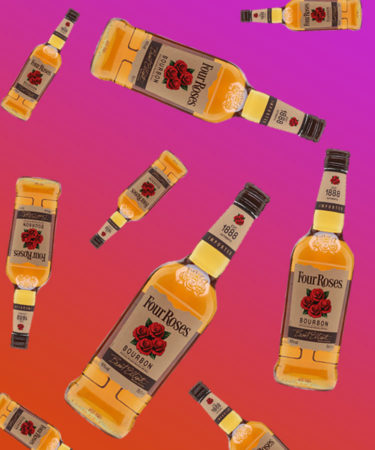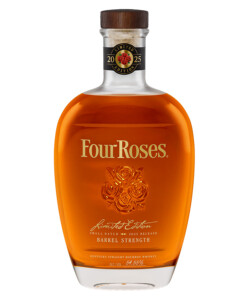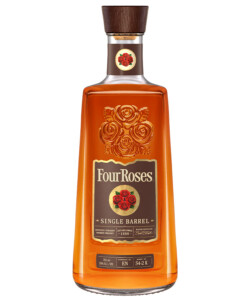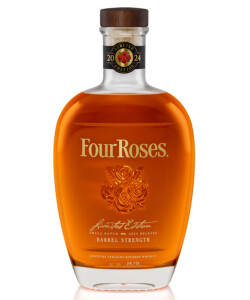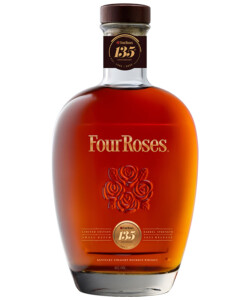In 1943, Seagram’s purchased the Frankfort Distilling Co. In doing so, it acquired one of America’s top-selling spirits: Four Roses Kentucky Straight Bourbon.
Sales continued to thrive, but at the end of the 1950s, in a perplexing move, Seagram’s discontinued Four Roses bourbon in the U.S. Though still available in European and Asian markets, the bourbon didn’t return to American liquor stores until 2002.
Why did Seagram’s make this decision? To answer this question, we dug into the brand and learned a lot. Here are seven things you should know about Four Roses.
Four Roses bourbon is the product of master blending.
The distillery uses five yeast strains and two mash bills to create 10 different spirits. All 10 are blended in its Four Roses bourbon bottling, while the Small Batch release contains four of the combinations. Just one is used for its Single Barrel bourbon. The concept is a little confusing, but Four Roses displays how each combination is included in each release in a surprisingly straightforward chart on its website.
Single-story storage plays an important part.
Four Roses attempts to minimize the temperature difference between barrels aging at floor level and those higher up by aging its barrels in single-story warehouses. The result is an 8-degree Fahrenheit average variation, compared to the 35-degree swing common in traditional, multi-story warehouses.
For 40 years, Four Roses bourbon was replaced by Four Roses blended whiskey.
When Seagram’s purchased Four Roses, it had a large interest in the “blended whiskey” category. The slightly ambiguous term can mean many things but, at the time, it was mainly associated with beverages that combined aged whiskey with grain neutral spirits — a kind of whiskey-flavored vodka.
These lighter whiskeys enjoyed mass appeal and were even, strangely, considered “premium” by many. When Seagram’s purchased Four Roses, it promptly applied the brand name to bottles of blended whiskey. Then, Seagram’s removed Four Roses bourbon from U.S. markets in order to sell more blended whiskey in the U.S. The Kentucky distillery continued to produce bourbon, but it was only sold in Europe and Asia, where it eventually became the top-selling American whiskey.
Four Roses bourbon was reintroduced to the U.S. market in February 2002, shortly after the Kirin Brewery Company purchased the brand trademark and production facilities.
Four Roses, four (year-round) bourbons.
In April 2019, the Kentucky distiller introduced Four Roses Small Batch Select, a bourbon it affectionately refers to as the “Fourth Rose” in its lineup. It was the brand’s first year-round release in over a decade, and is made using six of the 10 different yeast and mash bill combinations.
Limited-edition releases are worth a pretty penny.
In 2016, Four Roses introduced annual, small batch releases. The limited edition bottles are collector’s items among bourbon enthusiasts and fetch hundreds of dollars because of their rarity. The pick of the bunch is the 50th Anniversary Al Young. Released in 2017 to celebrate brand ambassador Young’s 50th year with the company, the rare bottles are worth $700 on average.
It’s rude to ask Four Roses bourbon its age.
Unlike other bourbon brands, you won’t find age statements adorning Four Roses labels. That’s not to say that what’s inside hasn’t matured — Four Roses bourbon is at least 5 years old, Small Batch is at least 6, and Single Barrel is at least 7 — the brand just prefers not to communicate this info. “Our approach is that a bourbon is ready when it is ready,” says Master Distiller Brent Elliot.
The distillery is listed on the National Register of Historic Places.
Four Roses’ Lawrenceburg distillery was built in 1910 and inspired by Spanish Mission-style architecture. It is one of three Kentucky distilleries listed on the National Register of Historic Places.
